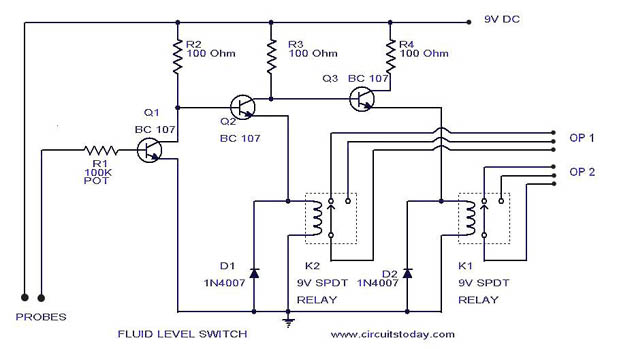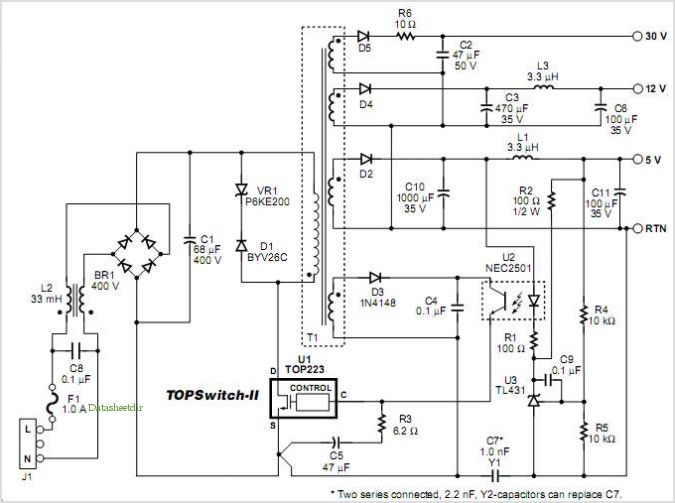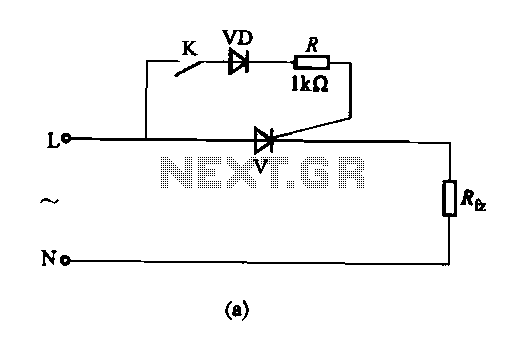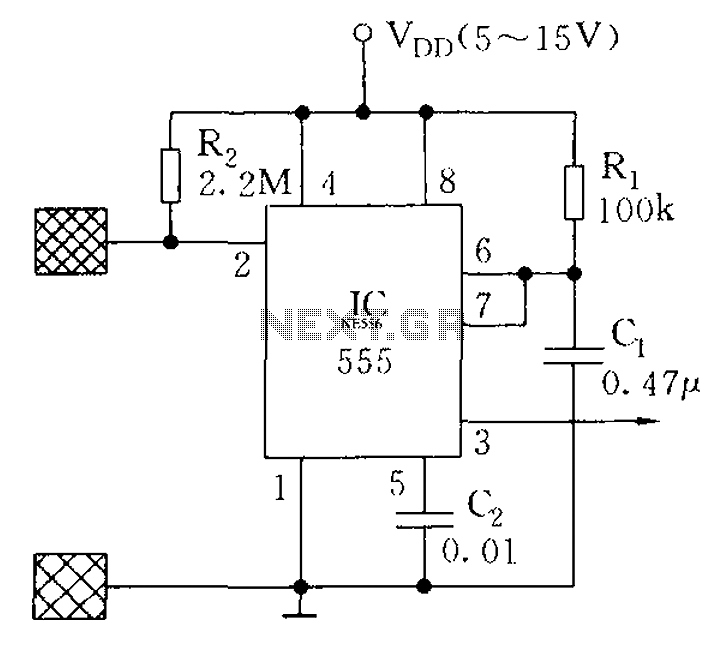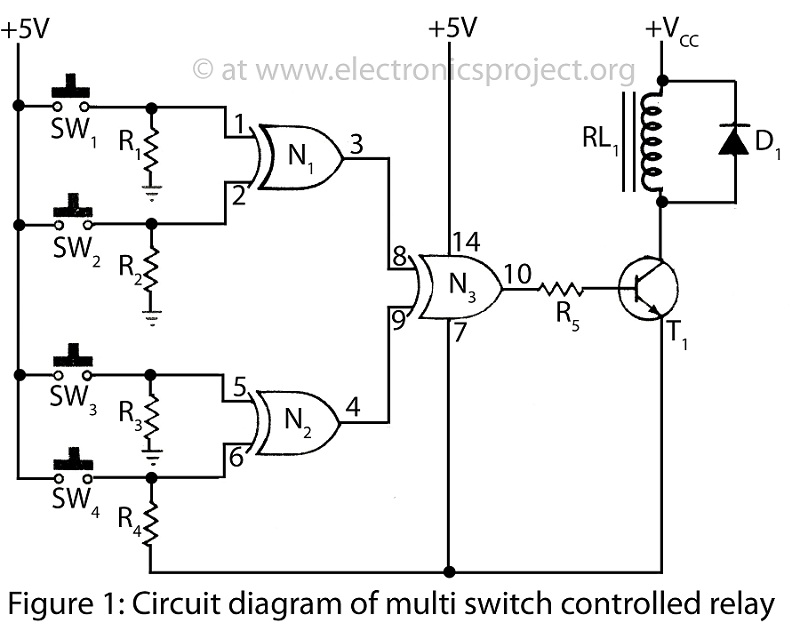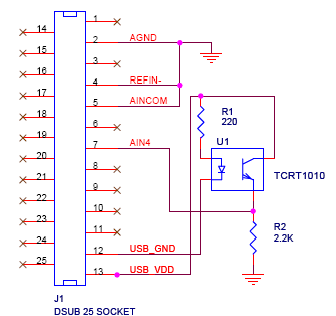
Optical toggle switch with 4027
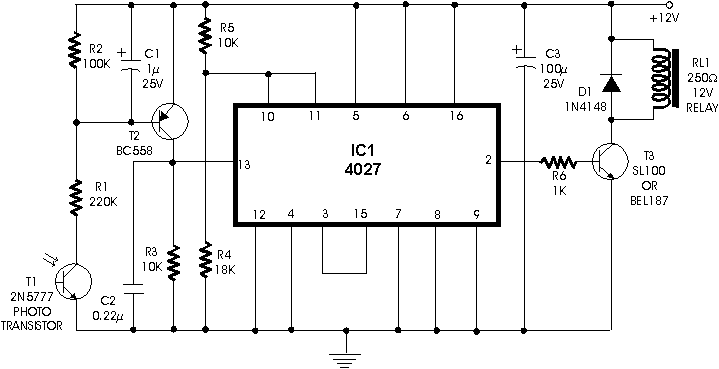
Using dual flip-flop IC CD4027 employ a 555 based monostable circuit to supply input clock pulses. The circuit described here obviates this requirement. One of the two flip-flops within IC CD4027 itself acts as square wave shaper.
The circuit utilizes the dual flip-flop integrated circuit CD4027, which contains two independent flip-flops that can be configured as either RS, JK, or D types. This versatility allows for various applications, including the generation of clock pulses. In this specific application, the circuit eliminates the need for an external 555 timer by employing one of the flip-flops to generate square wave signals directly.
The configuration involves setting up one flip-flop in a toggle mode, where the output changes state with each clock pulse received. The clock pulses can be generated from the output of the flip-flop itself or from an external source, depending on the desired frequency and stability. The output from this flip-flop serves as a square wave generator, providing a continuous stream of pulses that can be used as a timing signal for other components in a larger system.
The second flip-flop can be utilized for various purposes, such as dividing the frequency of the square wave output or as a data storage element in sequential circuits. The CD4027's ability to operate over a wide voltage range (from 3V to 15V) makes it suitable for various applications in digital logic circuits.
Overall, this configuration simplifies the design by integrating the clock generation within the flip-flop IC, thereby reducing component count and enhancing reliability. The resulting circuit is efficient for applications requiring precise timing and pulse generation without the complexity of additional components like the 555 timer.Using dual flip-flop IC CD4027 employ a 555 based monostable circuit to supply input clock pulses. The circuit described here obviates this requirement. One of the two flip-flops within IC CD4027 itself acts as square wave shaper. 🔗 External reference
The circuit utilizes the dual flip-flop integrated circuit CD4027, which contains two independent flip-flops that can be configured as either RS, JK, or D types. This versatility allows for various applications, including the generation of clock pulses. In this specific application, the circuit eliminates the need for an external 555 timer by employing one of the flip-flops to generate square wave signals directly.
The configuration involves setting up one flip-flop in a toggle mode, where the output changes state with each clock pulse received. The clock pulses can be generated from the output of the flip-flop itself or from an external source, depending on the desired frequency and stability. The output from this flip-flop serves as a square wave generator, providing a continuous stream of pulses that can be used as a timing signal for other components in a larger system.
The second flip-flop can be utilized for various purposes, such as dividing the frequency of the square wave output or as a data storage element in sequential circuits. The CD4027's ability to operate over a wide voltage range (from 3V to 15V) makes it suitable for various applications in digital logic circuits.
Overall, this configuration simplifies the design by integrating the clock generation within the flip-flop IC, thereby reducing component count and enhancing reliability. The resulting circuit is efficient for applications requiring precise timing and pulse generation without the complexity of additional components like the 555 timer.Using dual flip-flop IC CD4027 employ a 555 based monostable circuit to supply input clock pulses. The circuit described here obviates this requirement. One of the two flip-flops within IC CD4027 itself acts as square wave shaper. 🔗 External reference
